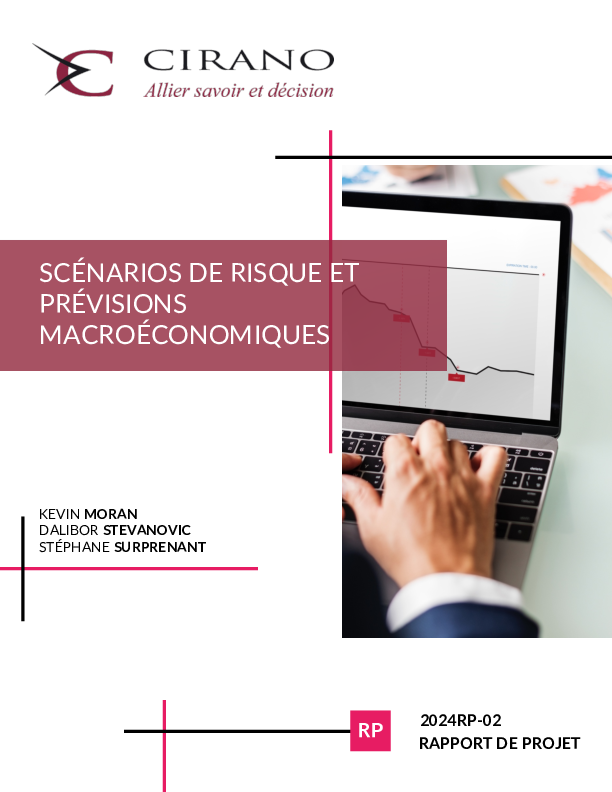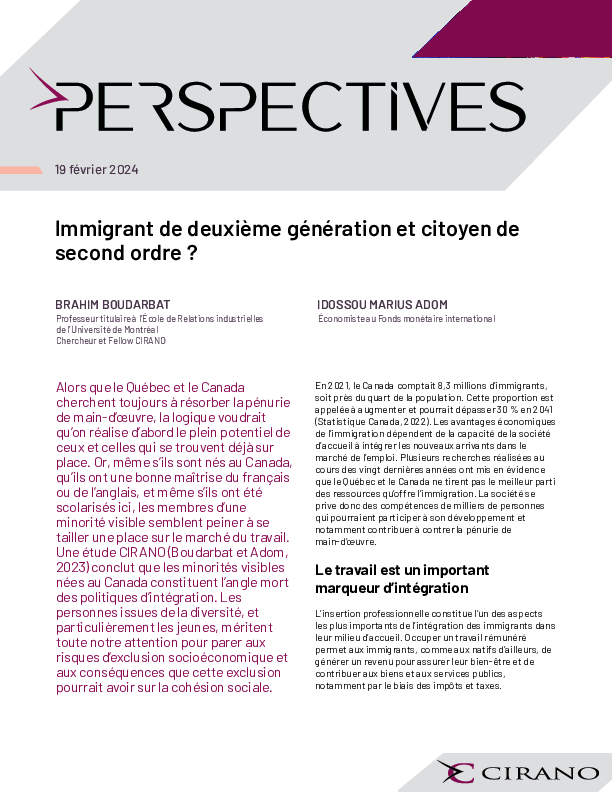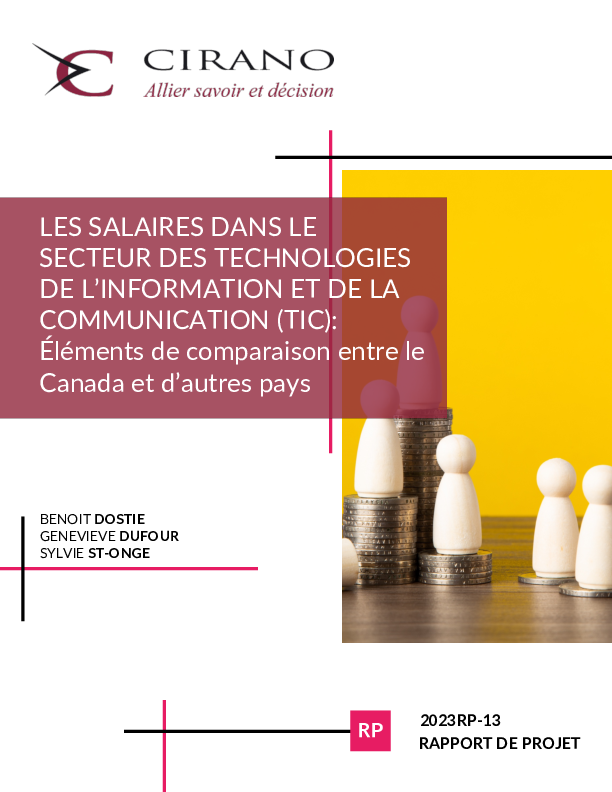Using a Life Cycle Model to Evaluate Financial Literacy Program Effectiveness
Prior studies disagree regarding the effectiveness of financial literacy programs, especially those offered in the workplace. To explain such measurement differences in evaluation and outcomes, we employ a stochastic life cycle model with endogenous financial knowledge accumulation to investigate how financial education programs optimally shape key economic outcomes. This approach permits us to measure how such programs shape wealth accumulation, financial knowledge, and participation in sophisticated assets (e.g. stocks) across heterogeneous consumers.
We then apply conventional program evaluation econometric techniques to simulated data, distinguishing selection and treatment effects. We show that the more effective programs provide follow-up in order to sustain the knowledge acquired by employees via the program; in such an instance, financial education delivered to employees around the age of 40 can raise savings at retirement by close to 10%. By contrast, one-time education programs do produce short-term but few long-term effects. We also measure how accounting for selection affects estimates of program effectiveness on those who participate. Comparisons of participants and non-participants can be misleading, even using a difference-in-difference strategy. Random program assignment is needed to evaluate program effects on those who participate.




